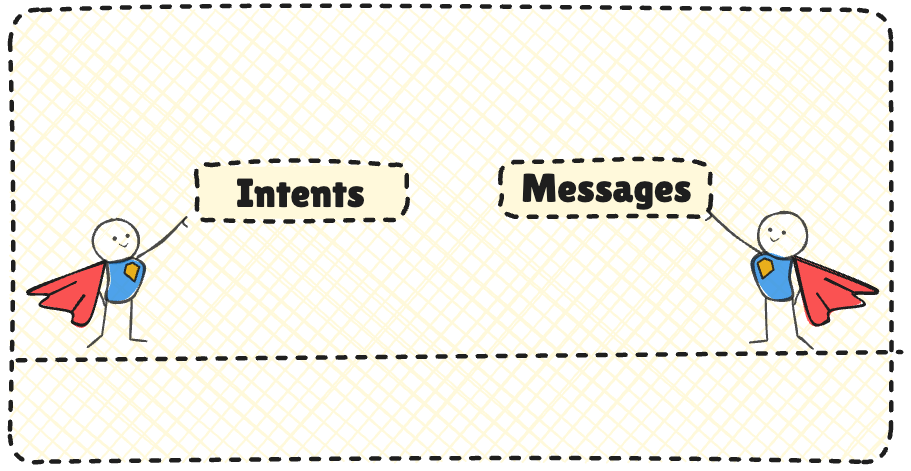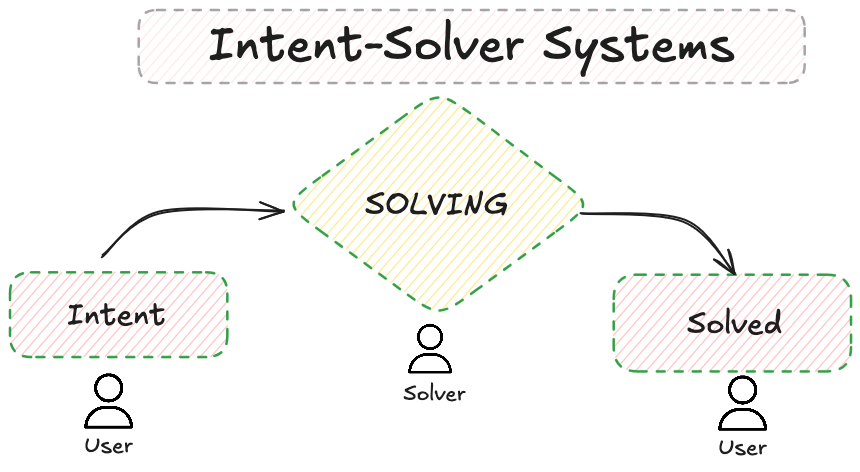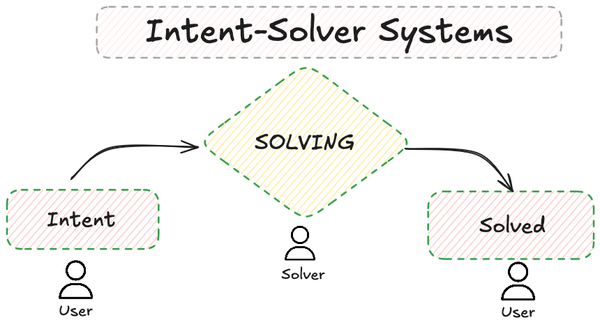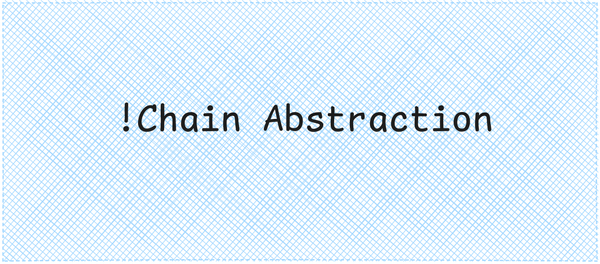This is what powers Chain Abstraction: A Zero-to-100 Guide
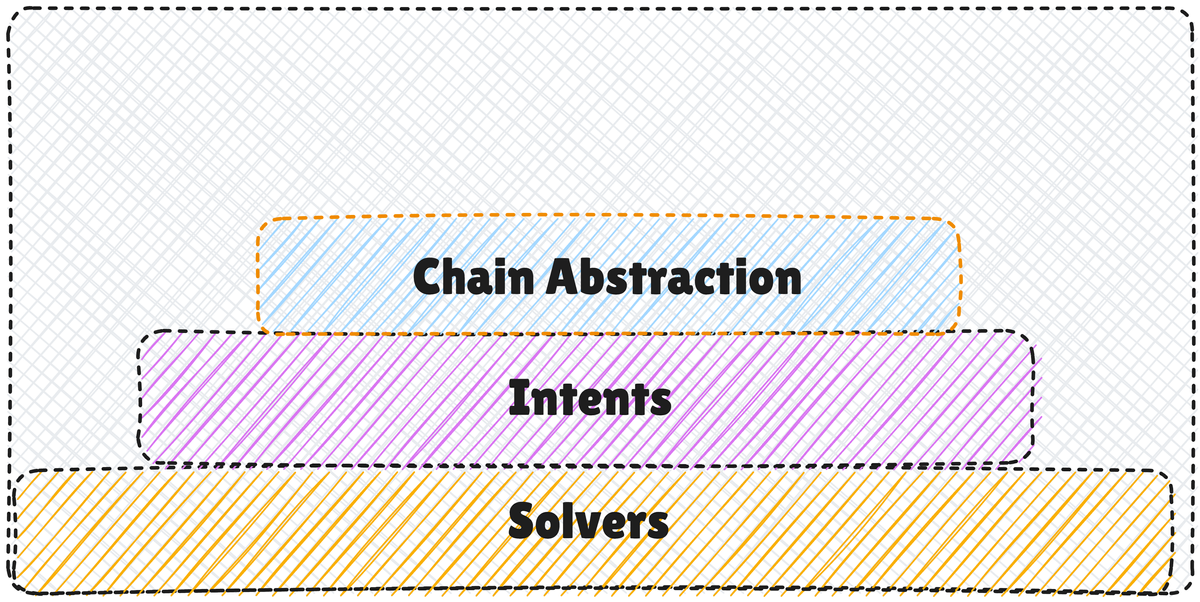
Chain Abstraction is the new narrative of Web3.
Unlike most other ones, however, this one actually matters.
I have previously explained the vision behind Chain Abstraction.
Today I want to share an extensive guide on the silent engine behind Chain Abstraction - the one that powers Chain Abstraction.
I call them The Intent-Solver Systems.
Here are quick definitions of each:
Intents in 100 words
Intents are a user’s on-chain wants.
Any action that any user wants to perform on-chain is basically an intent.
It's important to note that intent only indicates what a user desires to achieve on-chain without extensively including any details of how or where to achieve it.
If there is an action X that you need to execute on-chain, X is your intent. As simple as that.
However, the efficiency of execution and the underlying details of the on-chain execution, the chain on which the intent is executed, are not required to be included in the user's intent. That’s where solvers come in.
Solvers in 100 words
Solvers are specialized on-chain actors responsible for fulfilling a user’s intent.
These actors decide on efficient on-chain routes and handle all on-chain complexities and risks required to execute the user's intent and achieve the desired output state.
Ideally, the more efficient, faster, and reliable a solver is, the more likely it is for the solver to execute more intents.
Solvers are imperative in this system because they provide better results to users, abstract away most of the on-chain complexities, and significantly enhance the UX of decentralized applications.
Solvers lead to a chain-abstracted future.
Intent-Solver-based systems
Intent-solver systems are designed to interpret a user’s on-chain intent and select a solver who can fulfill the intent faster, cheaper, and more efficiently.
These systems can be designed for a wide range of applications.
Different solvers ( or solver groups ) can have various types of expertise, and an application can leverage the solver network based on its needs.
For instance:
- Intent-solver-based bridges might require solvers to help fronting liquidity between chains for users, enable instant bridging, take financial risks, etc.
- Lending-borrowing protocols built with intent-based design might require solvers to help resolve bad debt by liquidating such positions.
- Cross-chain swapping apps will require solvers to provide efficient solutions and optimal on-chain routes for swap-specific intents.
I have created a Zero-to-100 guide to deeply understand each component of these systems.
This 2 part article series will help you grasp:
- the core concept of these systems,
- what they offer,
- why they matter
- and most importantly, how they work behind the scenes
Read the guide now to understand these systems 👇:





